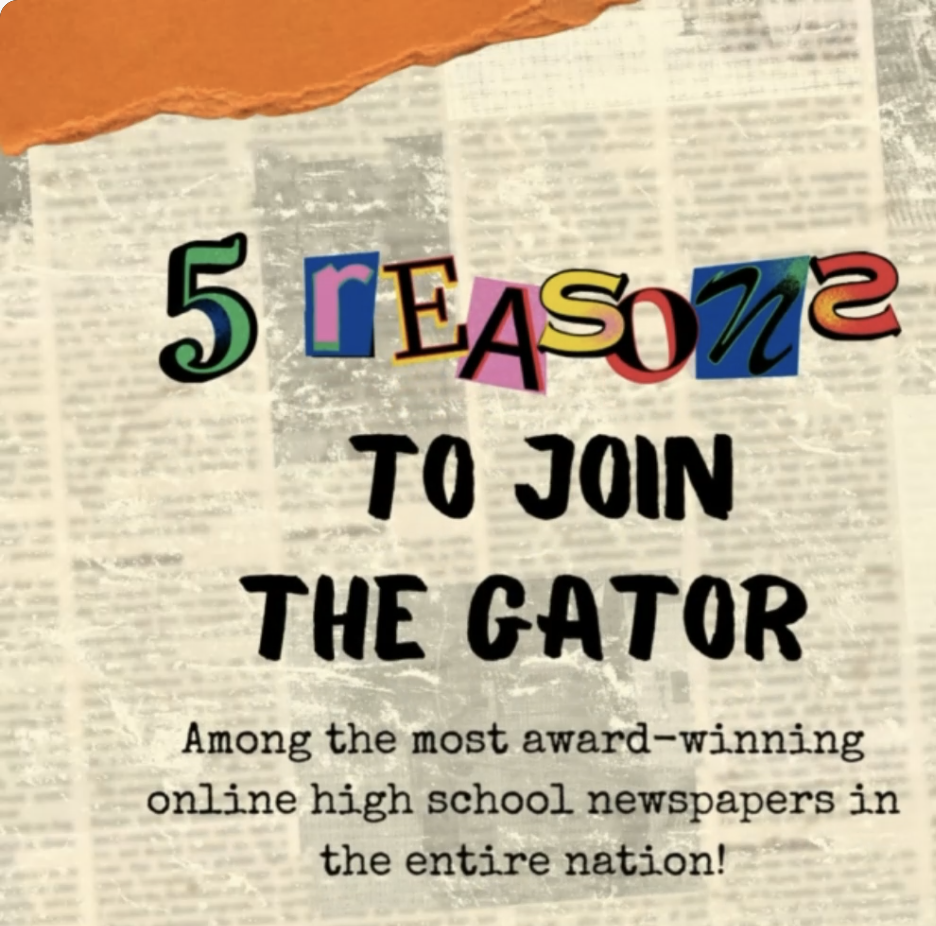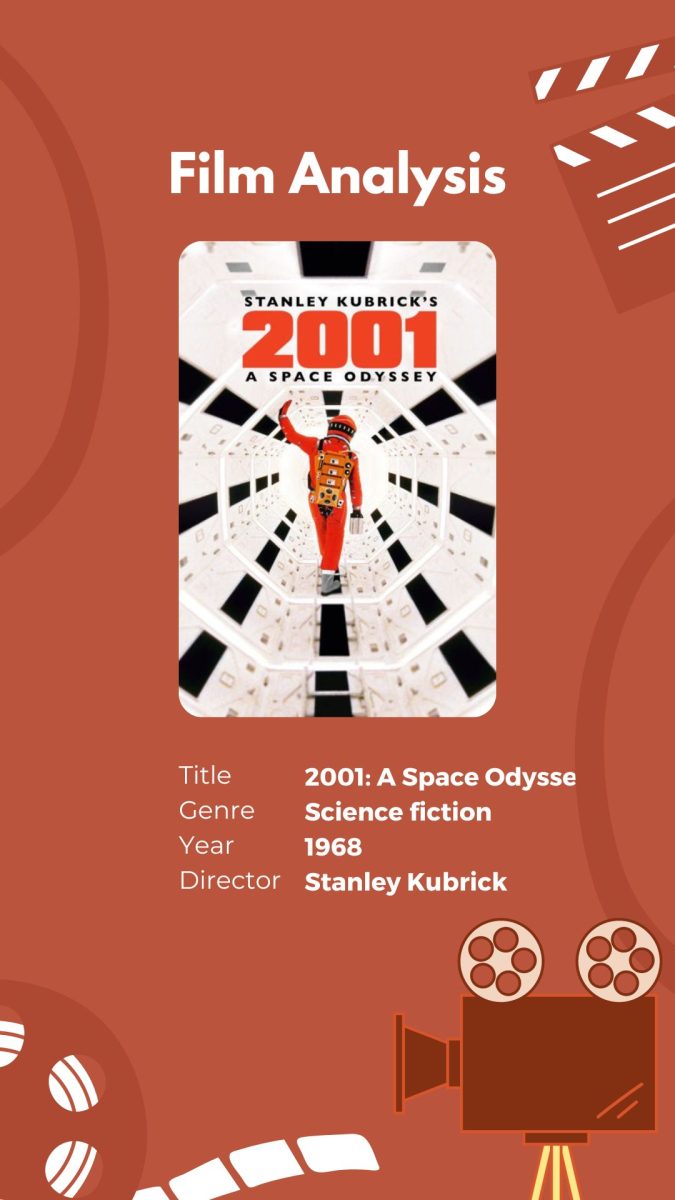Stanley Kubrick’s 2001: A Space Odyssey is one of the most revered and revolutionary films in cinematic history, and has transcended both the way that viewers interpret cinema and the construction of films as a whole.
Known for its sparse dialogue, pioneering special effects, iconic soundtrack, and philosophical symbolism, 2001 continues to leave critics and viewers grappling at its loose ends.
In Carrol L. Fry’s analysis of the film’s cultural and philosophical standing in her article “From Technology to Transcendence: Humanity’s Evolutionary Journey in 2001: A Space Odyssey,” she attempts to break down multiple interpretations, controversies, and criticisms of this modern-day masterpiece.
Although Fry does not assert a strong thesis concerning the film’s central theme, the interplay between technology and the essence of humanity, she focuses on attempting to debunk various interpretations of Kubrick’s work.
Fry highlights one of 2001’s recurring criticisms, echoed in Ray Bradbury and Rebecca Adler’s essay on the film that, “The first fifty-three minutes of the film (“The Dawn of Man” and the “Moon” sequence) have only fourteen minutes of shots with any kind of dialogue, not counting ape screams, roars, and whimpers. How can a film communicate an idea with so little that is ‘verbalized’?” (qtd in Fry)
Fry emphasizes that Kubrick deliberately constructs a narrative in which we know so little about the characters in the film, and ultimately have no emotional connection to them.
From Dr. Heywood Floyd’s empty dialogue with his daughter and bureaucratic pleasantries on the moon to most of the conversations between Dave and Frank, conversations reveal very little about the characters.
How can a film communicate an idea with so little that is ‘verbalized’?
— Carrol L. Fry
However, there’s an abundance of time dedicated to the sophistication of the technology surrounding them.
In fact, the most interesting and complex character is the robot H.A.L., who has learned how to adopt human emotions and behaviors.
Fry quotes critic James Wall to enforce her point that “In scene after scene, Kubrick celebrates the technology that man has developed to transcend his earth-bound condition, but he uses the same technology to underscore the vacuity of his characters,” (qtd in Fry) Fry notes that this is no accident, for Kubrick appears to be emphasizing that technological advances might doom interpersonal relationships as humans become more robotic.
“However, the characters’ lack of humanity is exactly Kubrick’s point, a point demonstrated through the film’s imagery.” She also highlights the fact that “machines, we discover in the ‘To Jupiter’ segment, may come to behave like humans,” (Fry).
Although it is never clear whether or not H.A.L. has truly adopted human-like traits, the depth of his emotional capacity and ability to form connections with Dave and Frank adds a note of heavy irony considering the superficiality of human relationships.
Building on Fry’s analysis of the characters’ lack of humanity and the emphasis on technology, the monolith—an enigmatic, black structure that appears at key points in the narrative—is utilized to illustrate the intricate relationships between humans and what Kubrick deems as pivotal points in human evolution.
Fry asserts that “from Moon Watcher touching and tasting the monolith to Floyd touching it in his space suit, to Dave in his pod reaching with mechanical hands,” (Fry) the monolith seems to trigger advancements and transitions in human evolution, symbolizing a force that propels humanity forward.
The monolith not only serves as a transition between significant eras in human evolution but also acts as a, as Fry puts it, “Tree of Knowledge,” that provides the characters with the incredible gift of profound wisdom.
Those who encounter it with eyes wide open will find many rewards in the film’s insights into human nature and humanity’s relationship with its technology.
— Fry
For instance, Fry emphasizes how in the “Dawn of Man” sequence, the man-apes “have been given intelligence, and their ability to use tools gives them a survival trait in this post-Darwinian anti-Eden Garden of evolutionary creation,” (Fry) which results in the erosion of human innocence.
This is not the only instance in which Fry pulls from religion and spirituality.
Fry contemplates one of Kubrick’s visual mysteries in the final sequence, during which Dave transcends the physical realm and becomes a spiritual “Starbaby,” claiming that Kubrick employs a metaphor of death and rebirth to symbolize the profound evolution enacted by the unseen aliens.
“The Mahayana path developed a concept that seems especially appropriate to the visual pattern Kubrick selects to show the death and rebirth of Dave Bowman: the bodhisattva, an arhat, or perfected soul, who could achieve nirvana but chooses to return to one of the countless worlds posited by Buddhist thought because of his compassion for those trapped in samsara, the world of suffering,” (Fry).
While Kubrick does not directly adhere to specific narratives from Hindu or Buddhist texts, Fry’s interpretation of Bowman’s surreal journey as a spiritual transformation aligns with Kubrick’s intention to provoke nuanced interpretations of his work.
All of this goes to show that Kubrick has crafted a cinematic experience that challenges conventional storytelling, urging viewers to contemplate the mysteries of the cosmos and the impact of technology on what it means to be human.
As Fry herself notes, “Those who encounter it with eyes wide open will find many rewards in the film’s insights into human nature and humanity’s relationship with its technology,” (Fry).

































































